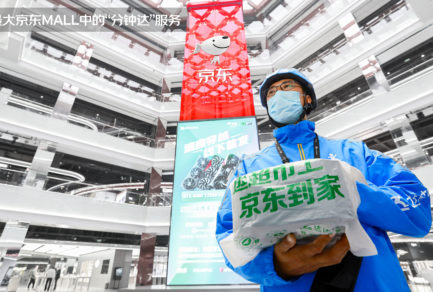Aug 19, 2020|
JDD Leaders Series: Yu Zheng: Dancing in the Sea of Data to Build Intelligent Cities
by Rachel Liu
The story begins on the roads of Beijing. When Yu Zheng, now president of Intelligent Cities at JD Technology, first came to work in Beijing 14 years ago, he found that the traffic congestion was terrible. Instead of complaining, he thought about whether he could find a solution to the problem using his knowledge of AI and big data.
Zheng observed that the taxi drivers in Beijing had vast knowledge of real time traffic situations. The taxis were also equipped with GPS systems, which also relayed traffic information in real-time. Combining the on-road knowledge and experience of taxi drivers and the technological insights from GPS data, Zheng developed an algorithm to calculate and recommend the most efficient routes for drivers. Zheng’s algorithm reduced the average driving time by 20% per trip. Zheng’s research led to the launch of his first urban computing project, “T-Drive,” a smart driving navigation service that notifies drivers of the fastest routes to a destination at a given departure time.
The traffic congestion project was a great success, but Zheng was determined to dive deeper into the issue. He wanted to know the true reason behind the city’s traffic problems and figure out a comprehensive solution. Traffic congestion occurs when the road capacity cannot support the number of vehicles. Using data from the GPS routes gathered from Beijing’s taxis, Zheng was able to determine which areas were the most congested. After identifying the most problematic areas, Zheng suggested a number of solutions, such as expanding public transportation infrastructure and building public facilities such as hospitals and schools, so people don’t need to commute as much.
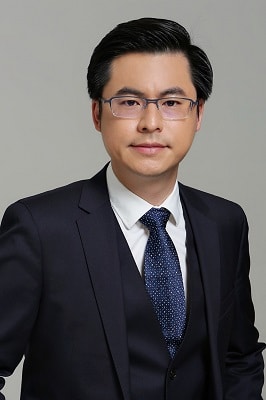
Since then, Zheng has been spending all his time and energy on urban computing. His dream is to use big data and AI technology to tackle urban challenges and build better urban environments. After receiving his Ph.D. in communication and information systems, Zheng joined Microsoft Research Asia in Beijing and led its urban computing research unit. During his 12 years with Microsoft, he laid the foundation for urban computing and authored nearly 100 referred publications in prestigious journals worldwide. He received three technical transfer awards from Microsoft and 24 granted/filed patents. Much of his research was applied to Microsoft products. In 2014, he was named one of the Top 40 Business Elites under 40 in China by Fortune, for his leadership in illustrating the economic impact of urban computing.
Currently, Zheng leads the Intelligent Cities business at JD Technology, and he serves as the Director of JD Intelligent Cities Research concurrently. His work focuses on further deployment of urban computing technologies in Chinese cities on this new platform, and he continues to develop innovations to benefit society. Zheng has released multiple projects such as the Intelligent City Operating System and utilized them in projects covering different industries such as energy, daily life services, agriculture, and others. Zheng is inspired by the path he chose because he is helping to make the world a better place for people to live, a goal many dream to achieve.
14 Years of Experience in Urban Computing
The future intelligent city that Zheng defines has four key characteristics:
1) All objects are connected through IoT technology
2) Data are connected for comprehensive analysis
3) Big data and AI support traditional industries, such as transportation and finance
4) Environmental and industry ecosystems are jointly promoting economic development
To achieve this, Zheng started from various angles. When he began to focus on urban computing in 2006, it was in its preliminary stage industry-wise. There was no big data or AI technology at that time, and he worked with his colleagues to build this area from scratch. In addition to the T-Drive project that tackles traffic problems, Zheng also launched the Urban Air project in 2012 to predict the air quality throughout a city. He believes technology is valuable only when it’s deployed to benefit society. At that time, air pollution in China, especially Beijing, was very severe, so air quality monitoring was becoming increasingly important. However, the monitoring was often not accurate, as the air quality in different locations is always changing over time, and it’s hard to know the air quality in a place without a monitoring station, not to mention to predict the air quality in future days.
Zheng spent two years leading his team to develop the air quality forecast and analytical system based on big data and AI, and successfully applied the system to over 300 cities in China. The system increased the accuracy of prediction by 20% compared to traditional measuring tools. After years of research, he became well known for his expertise on the environment protection and was invited to teach graduate student courses at the School of Environment at Tsinghua University.
Joining JD Technology enabled Zheng to utilize his research on another big platform. He doesn’t treat his role at JD Technology just a job, but his career. He wants to make China a leader in building intelligent cities. When he joined JD Technology in 2018, his team consisted of approximately 20 people. Today, he has built a team of more than 1000 professionals, working on innovative projects which have already been used to help cities and industries develop.
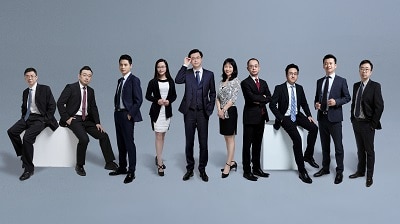
Way of Building Intelligent Cities
The first product that Zheng completed after joining JD Technology was the Intelligent City Operating System, which is an open, componentized, standardized big data and AI-enabled platform to collect, store, manage, and analyze the data of the cities.
Zheng found different industries involved in urban construction have significant differences. For example, transportation and air quality are two completely different subjects. Instead of building different solutions for each industry, it’s more effective to build something that can be utilized by more than one stakeholder.
Zheng decided to build an operating system first, then develop applications on top of it. The operating system is a standardized, duplicable product that can be used in different cities. It can also be opened to other companies to develop various applications for different industries, which is more effective. The Intelligent City Operating System is like Microsoft Windows – basic and fundamental – and the applications are the suite of Office products.
Zheng’s positioning of JD Technology’s Intelligent City Operating System is also unique from other players in the industry – it’s not a simple system integration or cloud service, but a “digital foundation” for intelligent cities. Instead of being the brains of the cities to make decisions, it’s more like an engine(heart) that fuels (pumps blood to) cities’ operations (each part of your body). With the building of the foundation, applications for different industries such as logistics, education, transportation can be developed on the base.
The JUST (JD Urban Spatio-Temporal) data engine that Zheng’s team developed plays an important role in the Intelligent City Operating System, as it can effectively manage and analyze the massive spatio-temporal data generated in the city, such as data relating to traffic, emergency and epidemic management, and speed up the query processing speed by over 10 times.
The Intelligent City Operating System was first recognized by Xiong‘an New Area, a state-level new area in Hebei province. As the physical new city is under construction, Xiong’an is also aiming to be a model for the future intelligent city. Zheng led his team spending two years building the “block data platform” for Xiong’an, to serve as the digital foundation of the city, integrating data from all business areas in order to make future data sharing more efficient.
“We hope all the applications can grow on the block data platform, and don’t want our data to become ‘information islands’. JD Technology ’s Intelligent City Operating System can perfectly meet our demands.” said Zheng Wang, general manager of China Xiong’an Group Digital City Technology Co.
If the Xiong’an project is still building “Windows” in the city, Zheng stepped further and found out what the “Office” can be in Nantong, Jiangsu province, a city close to Shanghai. The Urban Governance Modernization System was built on top of the Intelligent City Operating System to help government officials analyze and make decisions that affect the economy, the environment, public service and more. Integrating the data of each department can make collaborations across different departments more efficient improving the way city governments serve its residents.
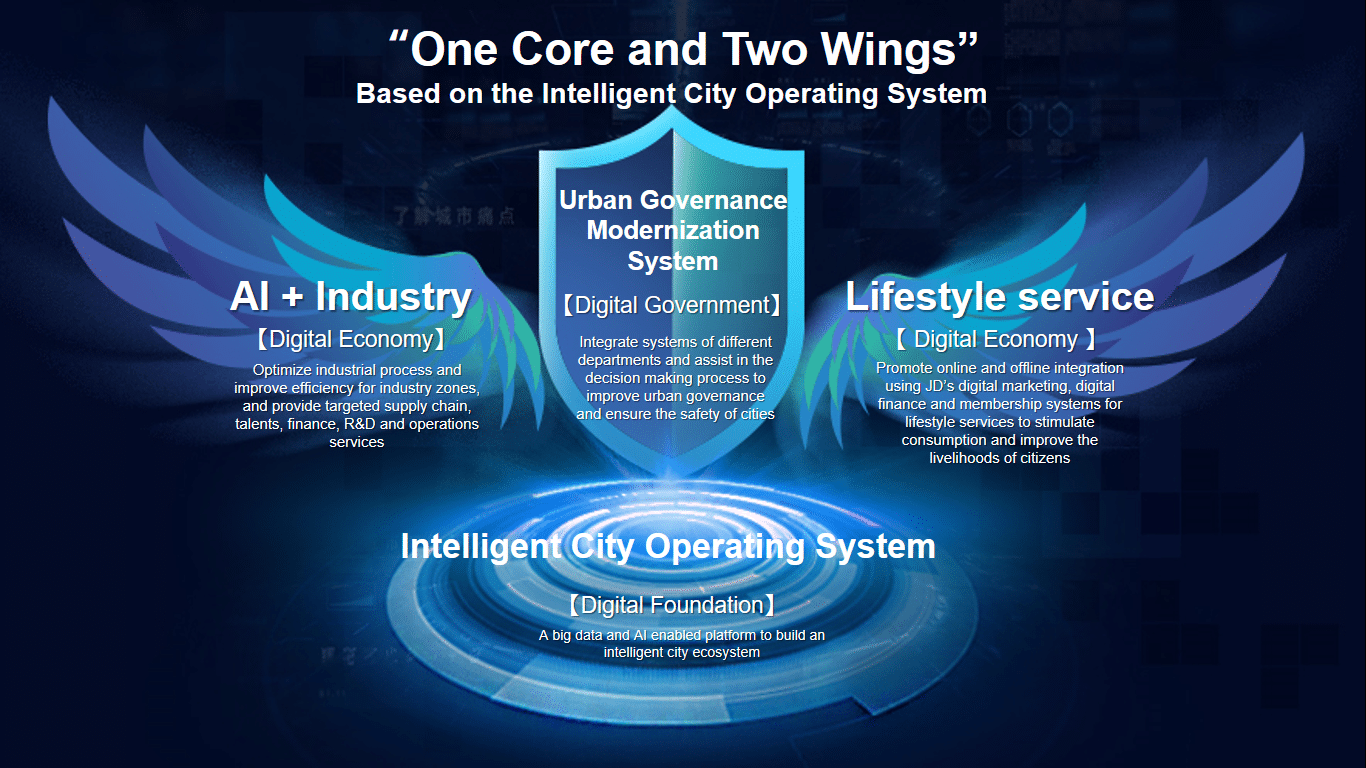
One Core and Two Wings
Yi Ling, Deputy to the National People’s Congress and government official of Nantong, said that they hope to make Nantong an example of urban governance modernization. Nantong’s Urban Governance Modernization Center is the first pilot model in China, with more to follow as part of the first batch. The system has proven to be highly effective – from last June to this February. It has sent 1,817 alarms relating to transportation of dangerous chemical products, including 848 companies with abnormal licenses, 410 abnormal tracks for vehicles and 261 incidents of fatigued driving.
The next step, Zheng believes, should be constructing the two “wings” of the Urban Governance Modernization System: the digitalization of industry development and daily life services. The Nantong project will continue to be improved, and he also plans to duplicate the model to other urban areas, such as the Yizhuang Business Development Area in Beijing, where JD is headquartered, and other cities in Jiangsu province including Suqian and Suzhou.
Besides the projects for an entire city, Zheng’s team has built a “digital commercial street” for Wangfujing, one of the oldest and busiest commercial areas in Beijing, as well as the intelligent parking system at the new Daxing International Airport in Beijing. In 2019, JD Technology launched the first product that uses AI to optimize thermal power plants’ management systems to improve boilers’ efficiency and reduce coal costs and pollution. After applying this technology, a medium-sized thermal power unit with 600,000 kw can reduce coal consumption by 3,600 tons and carbon dioxide emissions by nearly 90,000 tons per year. The product has been put into use in China Energy Investment Cooperation in Nanning, Guangxi Zhuang Autonomous Region and Langfang, Hebei province.
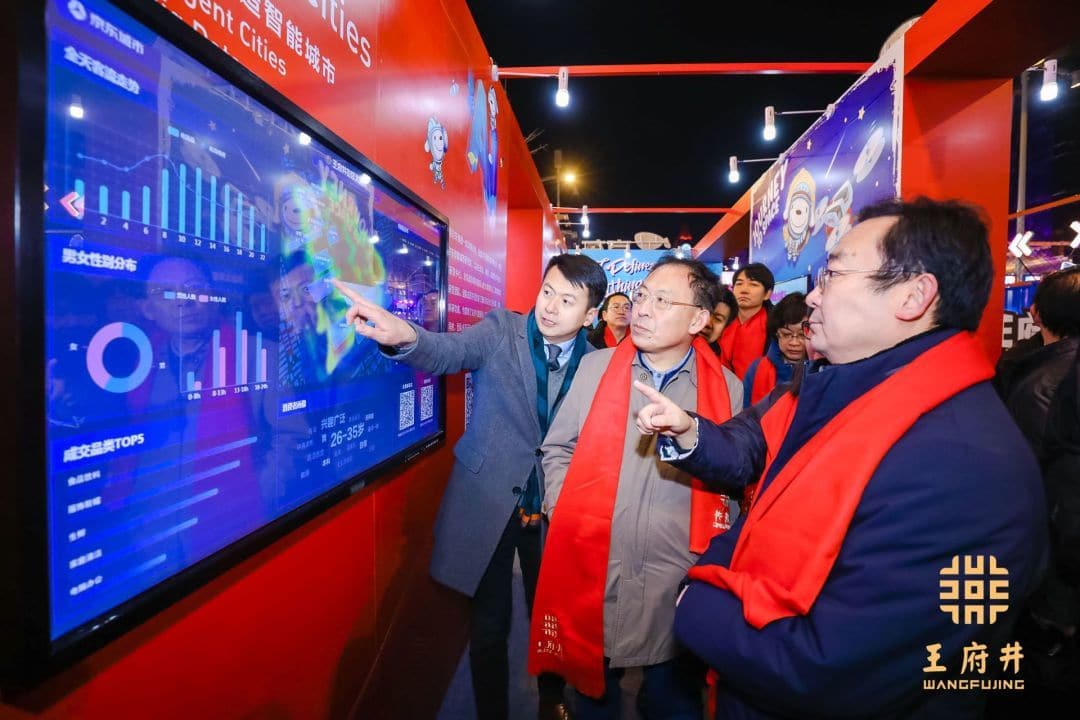
Digital commercial street of Wangfujing
Continue to drive the industry development
While applying technologies into practical issues, Zheng and his team also strive to push forward the academic research in urban computing. Since 2020, Zheng has had nearly 20 papers published in top journals and conferences, including three papers relating to traffic flow forecasting, robust spatio-temporal purchase prediction and learning to generate maps from trajectories published on AAAI (the Association for the Advance of Artificial Intelligence), and two papers published on KDD (Knowledge Discovery and Data Mining) about neural architecture search and inference of couriers’ delivery time based on their trajectories.
To improve the ecosystem of the intelligent city industry, JD Technology also initiated the IEEE P2850 “Intelligent City Operations Standards” with IEEE, which have been incorporated by leading enterprises in the industry such as Google and Microsoft, as well as universities including University of Melbourne, Peking University and Tsinghua University. These are the first standards in the industry on intelligent cities’ data fundamentals. Based on JD’s past experience and exploration on spatio-temporal big data and AI algorithms, it will become the standard digital base in the construction of intelligent cities. All parties involved in the building of intelligent cities can share and use data based on the standard safely.
Zheng prides himself on being a leading scientist in his field but also someone who is able to communicate his vision with his team, officials of cities, and business leaders. Zheng’s ability to simplify complicated technology has allowed his team to carry out his mission in both fronts of technology and business. When asked about how to balance being a businessman and a scientist, he thinks the two identities do not conflict with each other, as he uses them both to make positive impacts.
He’s also an artist on the side. He was the principal dancer of the student art troupe in his college years and had many admirers. His wide range of passions has led him to a life of exploration, helping him build intelligent cities in an effort to make the world a safer, healthier, and happier place.

 This Harbin tourism boom has also spurred a surge in sales of winter apparel. JD.com’s data indicates a rapid growth in the sales of warm clothing items such as down jackets, snow boots, and thermal underwear between January 1st and 7th. The sales growth is especially pronounced in southern provinces and cities such as Jiangsu, Zhejiang, Guangdong, Sichuan, and Shanghai. Notably, tall snow boots registered a 206% year-on-year increase in transactions, while padded cotton caps and thickened long down jackets soared by 158% and 134%, respectively. Beyond clothing, travel gear has also seen a considerable uptick, with a 98% year-on-year growth in transactions for large suitcases and travel backpacks in these southern regions.
This Harbin tourism boom has also spurred a surge in sales of winter apparel. JD.com’s data indicates a rapid growth in the sales of warm clothing items such as down jackets, snow boots, and thermal underwear between January 1st and 7th. The sales growth is especially pronounced in southern provinces and cities such as Jiangsu, Zhejiang, Guangdong, Sichuan, and Shanghai. Notably, tall snow boots registered a 206% year-on-year increase in transactions, while padded cotton caps and thickened long down jackets soared by 158% and 134%, respectively. Beyond clothing, travel gear has also seen a considerable uptick, with a 98% year-on-year growth in transactions for large suitcases and travel backpacks in these southern regions.
 JD.com and Wanda Hotels and Resorts Form Crossover Partnership
JD.com and Wanda Hotels and Resorts Form Crossover Partnership
